My number one tip for gardening success is put the right plant in the right place. If you have sun, plant sun-loving plants. If you live on a heavily wooded site like I do, discover the shade-loving perennials that will be the foundation of your landscape.
Just like people and animals, plants have different needs when it comes to their environment. Some like sun, some like shade, and others need light somewhere in between.
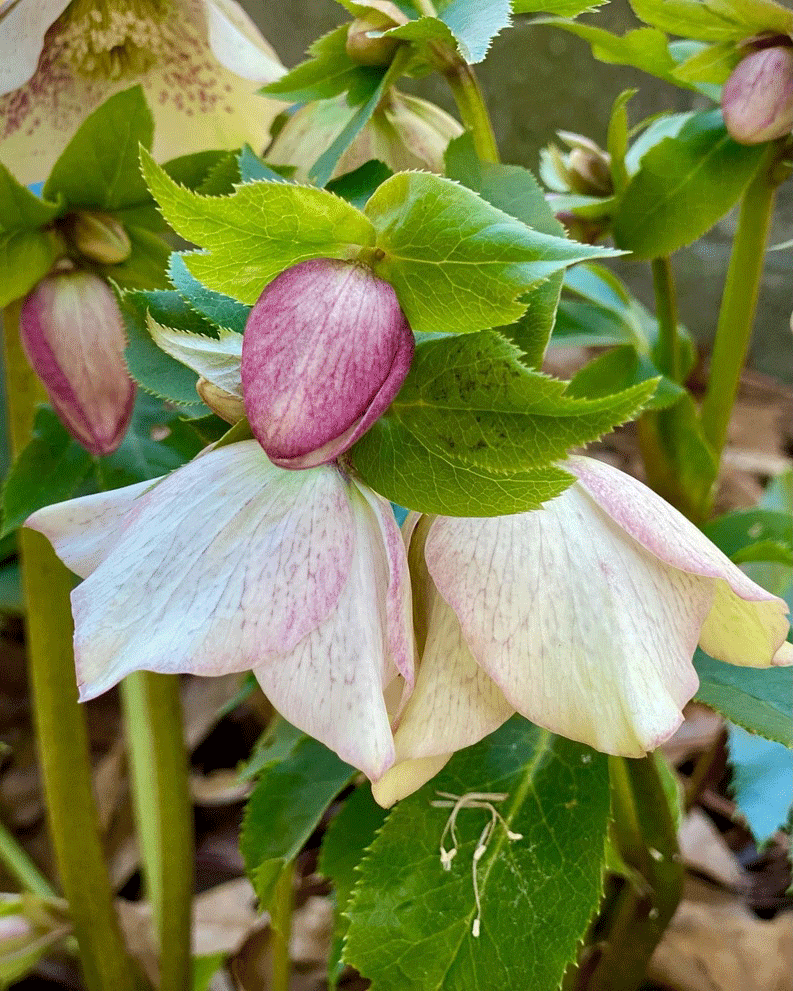
In the garden, “full sun” is six or more hours of sunlight a day. “Partial sun” is four to six hours of sunlight, and “partial shade” is two to four hours of sunlight. “Full shade” means no direct sun or less than two hours of sunlight a day. Full shade is usually on the north side of a house or under a deep tree canopy.
In my experience, knowing what to plant in full sun is easy, but growing a garden in a heavily wooded landscape with all variations of shade is a challenge. The key for my landscape was to start with a trio of plants that worked in my woods that range from partial shade to deep shade. These three perennials are easy to remember because they start with the same letter: hellebore, heuchera and hosta.
Try these perennials for your shade garden.
Hellebores
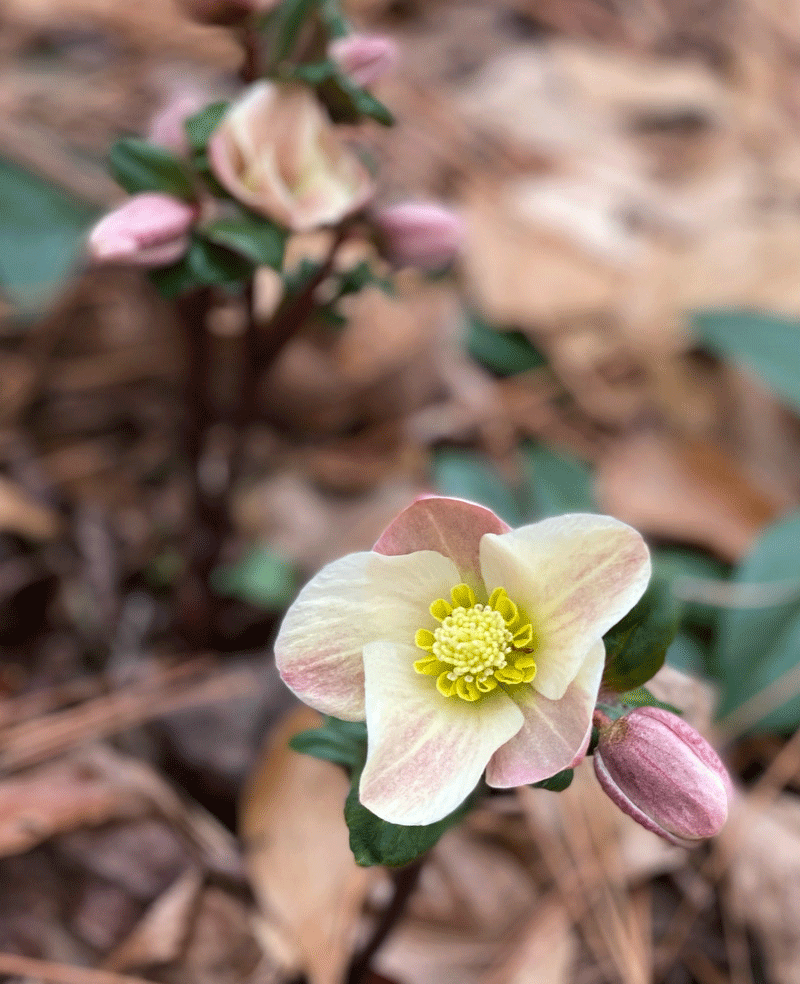
- Hellebores, known as Lenten rose, are shade-loving favorites. The lovely rose-shaped blooms open in winter and last well into spring. In my garden, the flower buds unfold in late December and fade just as the heat-loving annuals go in the garden beds. Hellebores’ deep green foliage blends into the landscape and persists until first frost in mid-November.
Traditional hellebore varieties have downward-facing blooms. In plant nurseries, look for newer varieties in shades ranging from creamy white to citrus-y green to varying shades of pink and rosy purple. New breeds also feature up-turned blooms.
Lenten rose can sometimes be difficult to find in plant nurseries because it is slow-growing. When you do find hellebores, they may be pricey because the grower has put a lot of time into getting the plant ready for your garden. For this reason, they’re a popular pass-along plant for gardeners to share.
Heuchera
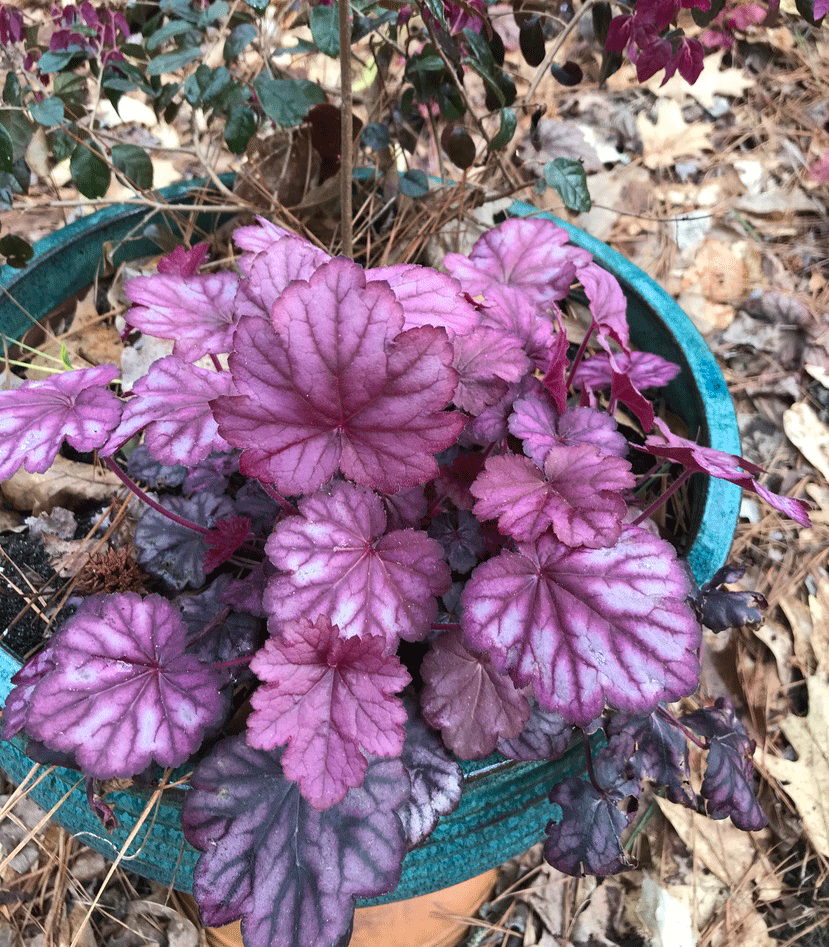
2. Heuchera, commonly called coral bells, are native plants that thrive in shade. Coral bells produce a low-growing foliage rosette in colors ranging from coral to pink, white and lime green. In late spring, airy flower spikes appear. Since being named the Perennial Plant of the Year in 1991, breeders developed and marketed new varieties in interesting textures and colors.
Like hellebores, coral bells are slow-growing and can be a little more expensive in garden centers. I think they’re worth the investment. They grow beautifully in containers and window boxes and are lovely interplanted with ferns on the edge of an azalea bed.
My best tip for growing heuchera is to plant them in dry shade, on a slight slope is best. They don’t like wet feet. They look great in a mixed planter set in shade out of the summer heat, or in early spring and fall, plant a cool weather combination with pansies that can handle the miler temperatures.
Hostas
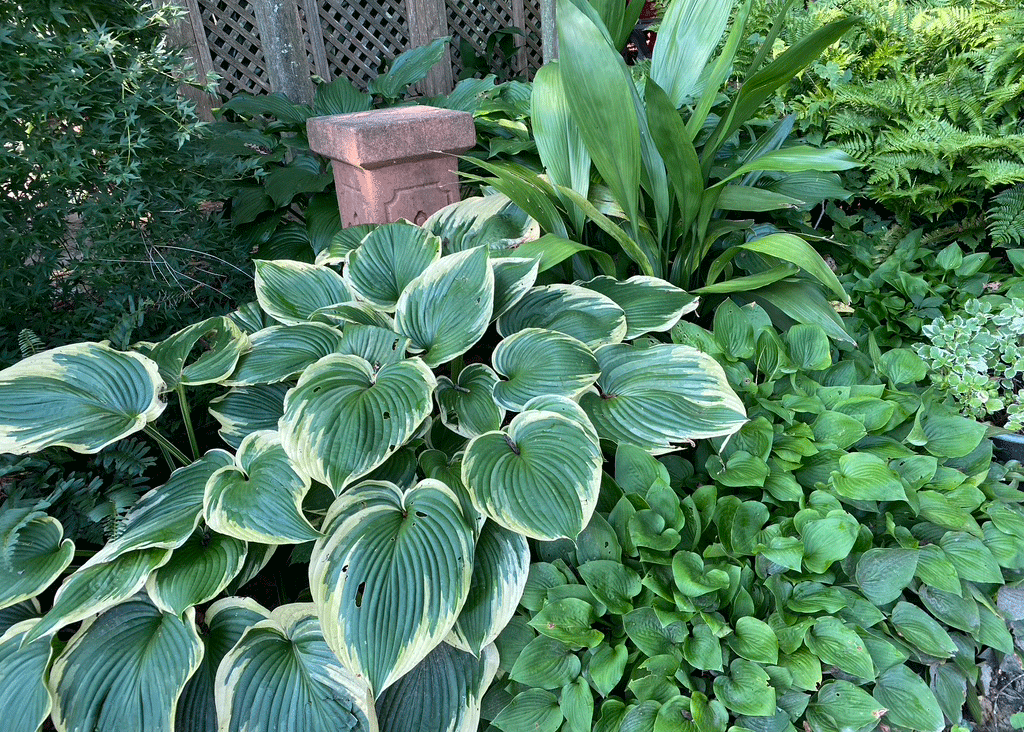
3. Hostas are everyone’s favorite shade perennial for good reasons: they’re easy to grow, thrive in summer heat, come in an impressive array of colors, textures and sizes, and once established, fill garden beds with abundant verdant foliage.
Grow hostas for their bold leaves, but they have flowers, too. They send up stalks in the heat of summer with small white, pale blue or purple flowers.
While deer will ignore hellebores and heuchera, they are notorious for feasting on hostas. You can try planting hostas close to your house in containers and try other tools in your deer proofing kit.
Purchase and plant this trio of shade-loving perennials in late winter and early spring. Pick the right site for the plant, dig a hole no deeper than the root ball, and amend with compost. Settle the plant in the hole and fill in with native soil and organic matter. You can also add a little bit of mulch or leaf litter around the newly planted perennials.
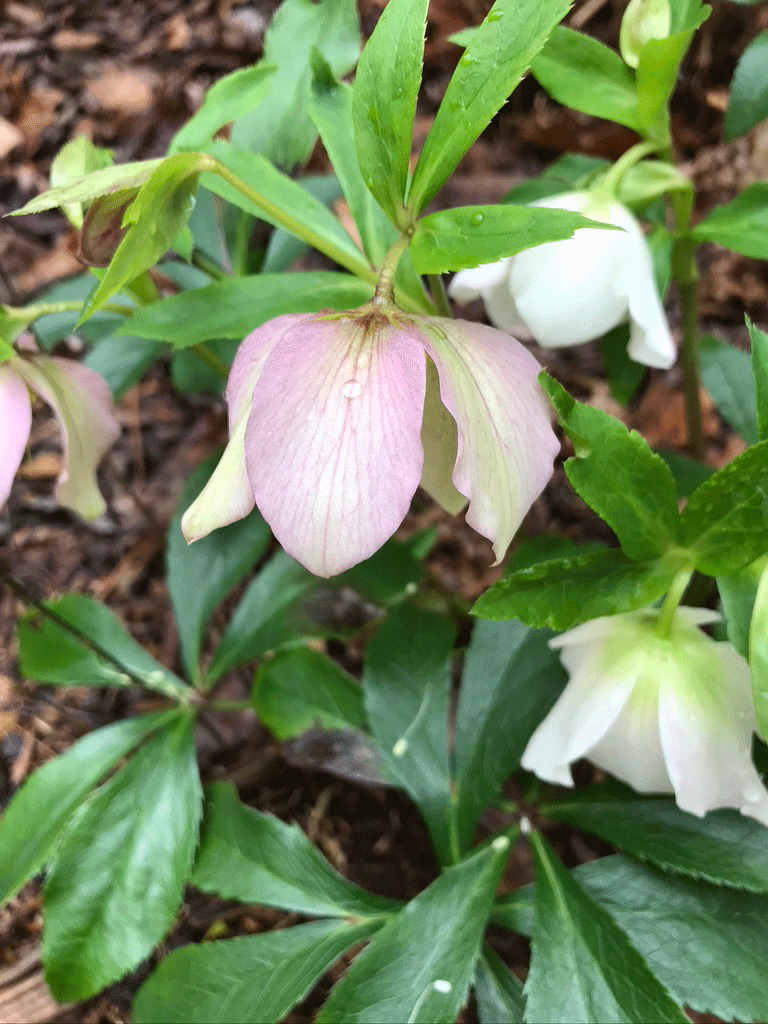
Late winter to early spring is the best time to divide perennials, to add to your own landscape or to share with other gardeners.
Tips for Dividing Perennials
Check for signs that the plant is ready for division. Clues are overcrowding, a empty spot in the center or flopping stems.
Choose an overcast day, preferably after a rain that softens the soil. Heat stresses plants.
Use a garden fork to lift the plant out of the soil. When you see the roots, divide the clump with a garden fork, shovel or garden knife. You can even use a serrated bread knife to divide plants.
Get divided plants into the ground as quickly as possible. If they have to sit for a few days, put them in nursery pots with mulch or compost to protect the roots. Water plants well.
In the garden, fill in the hole with compost or mulch.
This article originally appeared in my local newspaper. I’m a certified Master Gardener Extension Volunteer.
Learn more about gardening in these stories:
Join the Conversation
Let’s talk about art, food, travel and more on Instagram and Facebook. I’d love to hear from you!


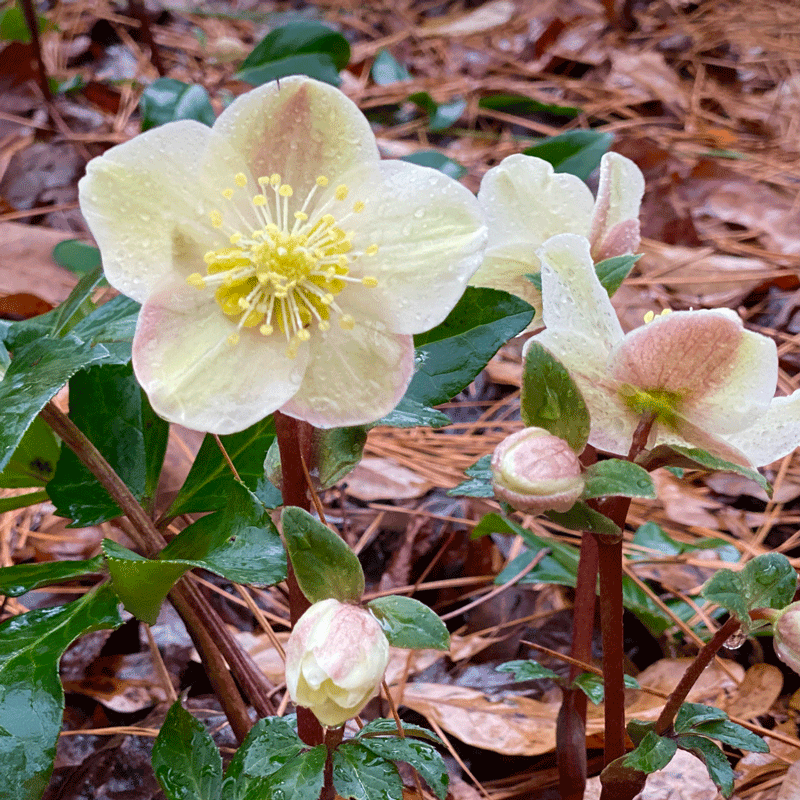
Leave a Comment